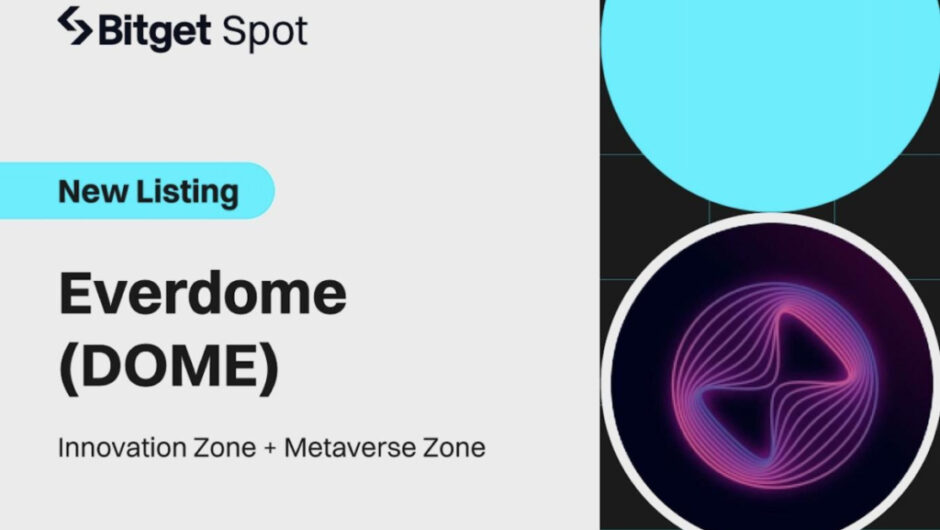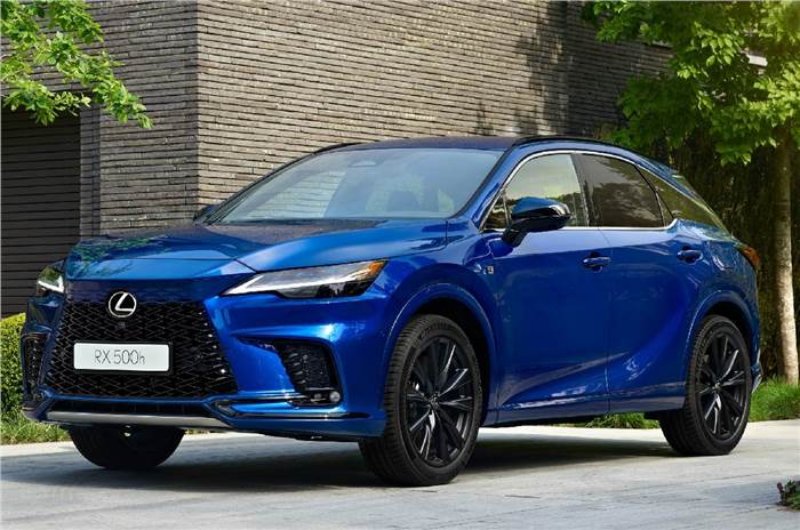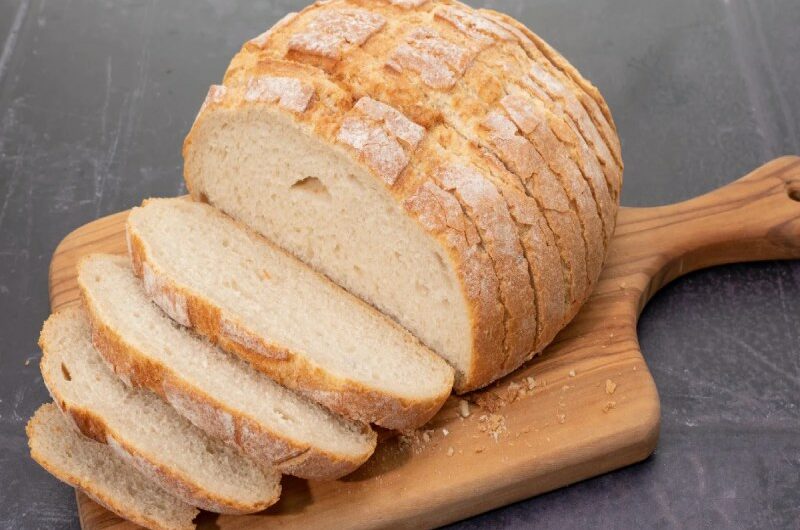In recent years, drone technology has allowed photographers from various different niches, to explore new angles and create their best photography yet. From wedding photographers to landscape photographers, even aerial photographers looking for a less costly alternative, drone photography is certainly a growing niche that’s expected to continue developing in the future.
The benefits of drone photography is something which landscape turned drone photographer, Joshua Berry-Walker, immediately began to experience when trying out drone photography for the first time. In his work as a semi-professional photographer, Joshua began to utilise drones in 2016 and was inspired by the unique landscape images he could capture with this emerging technology.
Find out more about Joshua’s photography career and his experiences using drones as part of his approach. You can also see some of Joshua’s amazing work over on his Instagram page https://www.instagram.com/joshua.b.w/ .

Firstly, could you tell us a little bit about yourself and the work that you do?
I am a CAA approved drone pilot and semi-professional photographer from the Gold Coast Australia. My interest in photography started from a very early age, but it didn’t become a passion until I reached my 30s.
During my employment in graphic design and subsequently architecture, I developed a keen eye for detail and composition. Initially, using a darkroom to develop photographs for use in exhibitions, I became frustrated by the lengthy time it took to develop the prints and I quickly fell out of love with rolls of film!
Once I purchased my first digital SLR, I had the ability to quickly see the results in my image-making workflow which fast-tracked my trial-and-error approach to self learning.
I have won several photography awards, most recently being Highly Commended in the Landscape Photographer of the Year Competition 2017 and commended in the Outdoor Photographer of the Year 2017. I have had my work featured in magazines and publications, most recently Fergus Kennedy’s Drone Photography & Video Masterclass and the forthcoming Masters of Drone Photography book.
Why did you choose to become a photographer?
I come from an artistic family but I really struggled with mediums such as watercolours or pen and ink. I found photography is the perfect medium to express my creativity, the only thing that can hold me back is your imagination.
What was it about aerial photography that drew you to focus on it as your niche? Did you explore any other photography types, before settling on aerial?
I had photographed the landscape for a number of years with a DSLR before buying my first drone. Several years ago, I saw an image on social media taken with a drone – it was a top down shot of a barn located on the intersection of 4 fields. It was a simple shot and, to be honest, fairly unremarkable, but I found the concept intriguing.
At the time I had invested a lot of money in my Canon system and had no interest in diverging into aerial work. I had become aware of drones a couple of years previously but they were either huge 8 rotor machines capable of carrying full-sized DSLR cameras, or those which carried a GoPro type camera.
It wasn’t until I saw some footage from a friend’s Phantom 3 in 2016, that my interest in purchasing a drone was sparked. Despite the diminutive size of the 12mp camera, the quality of the image was not too shabby!
I work in architecture and as such, I’m aware of how developments and structures are designed, not just in elevation but in plan form too. Mulling over the photographic opportunities which would lend itself to this style of photography, I could visualise one scene which might work well when taken from above. This being one of a lock on the canal near where I lived. This image is still one of my favourite photographs I have taken to date.

What equipment do you typically take with you on a shoot?
Along with the drone, I use an iPad to run the ground station app, a wifi spectrum analyser to detect interference, an anemometer to measure wind speed and a landing pad to protect the camera from dirt and wet grass etc when launching and landing.
On commercial jobs, I also carry a fire extinguisher and warning signs with me. My DJI Inspire 1 Pro with all the ancillary equipment I need weighs in the region of 13-14kg, so I try and take a fewer batteries than I think I will need to save a bit of weight when lugging the equipment around.
If I am using my DSLR camera, I will take along my little DJI Mavic Air – it’s light and small enough not to encumber myself too much.
What words of wisdom would you give to budding photographers looking to focus on aerial photography?
Perhaps try to meet up with someone who already has a drone. Ask if you can try one out before you buy – drone photography isn’t for everyone.
Piloting a drone can be stressful at times and there’s inherent risks in flying them. Due to the restrictions when flying near people and structures not under your control, or near built up areas, it may not be safe and legal to get the shots you hope for.
Additional restrictions on land owned by the National Trust/English Heritage etc and sites managed by conservation organisations could mean some of your favourite spots will not allow drone flights.
Why should budding photographers choose a career in aerial photography?
The drone industry is relatively new and there are exciting opportunities to explore the applications in which drones can be applied, apart from just landscape photography.
Applications may include structural inspections, surveying and mapping, thermal imaging, search and rescue, 3D mapping and modelling and agronomy. For this, you will need to get a permission for commercial operations from the Civil Aviation Authority.
There are various ways to achieve this, but the easiest is to attend a course run by an approved CAA trainer. They will guide you through air law, meteorology, air chart reading and drone dynamics, amongst other things, and you will be required to perform a flight test.
After this, you will prepare an operations manual which tells the CAA how you will work in a commercial situation. Every time you fly commercially, you will need to undertake risk assessments and gain approval from the owners of any potential nearby properties. Sometimes you may even need to coordinate with Air Traffic Control for nearby airports or the RAF, for airspace used for training purpose. If you are not a paperwork person, this line of work may not be for you.
Are there any influencers or resources that inspire your work?
Although they are not aerial photographers, Lee Acaster and Neil Burnell have provided me with great inspiration. Lee is a master of post processing and Neil’s minimalist seascapes are spectacular. Their work has trained me to see the hidden simple compositions in the chaos of the landscape.
What finishing touches do you tend to make to your shots? Are there any specific tools you would recommend?
I mainly use Adobe Lightroom to process my images and I aim to do as little processing as possible to make the final image. As with traditional ground level photography, the lighting conditions play a major part in the image making process. Depending upon the type of image I intend to make, I may shoot when there are a few clouds in the sky, so strong shadows are present. Sometimes I like overcast days, to remove shadows and to create a simple minimalistic image. However, if an image isn’t working either compositionally or with the light, I will use dodge and burn techniques to add light and shade and sometimes even mirroring parts of an image to make symmetrical composition!
How easily did you find it adapting to aerial photography?
When I was younger, I flew radio controlled aircraft and raced radio controlled cars. Even though this was quite some time ago, I was quickly able to re-learn the skills and apply them to operating the drone. As such, it wasn’t long before I had the confidence to fly the craft and compose photographs at the same time.
What’s the worst part of being an aerial photographer? Is there anything you wish you could change about the rules and regulations surrounding aerial photography?
Even though I have approval by the CAA for commercial operations, it does not give me much more exceptions to the hobbyist. I am allowed to fly within 150m of a built-up area, but I still need the property owner’s permission to fly within 50m of buildings and structures.
It is possible to apply to the CAA to reduce this distance, but it is very expensive and time consuming to re-write your operations manual. I think a standard permission for commercial operations should be less restrictive for appropriately trained and qualified pilots.
What is your opinion on the popularity of drones in the general public
Drones are undoubtedly popular, mainly because of the technical advances which makes flying the drones easy and allows the operator to photograph unique views from previously unattainable locations. The problem with drones is that some of these people are either unaware of the regulations, or ignore them completely by flying in built up areas and close to people and vehicles without their permission. This behaviour will undoubtedly lead to more restrictions being imposed on all pilots.
A huge thanks to Joshua for providing his insight into the world of drone photography and how he sees it progressing in the future.











